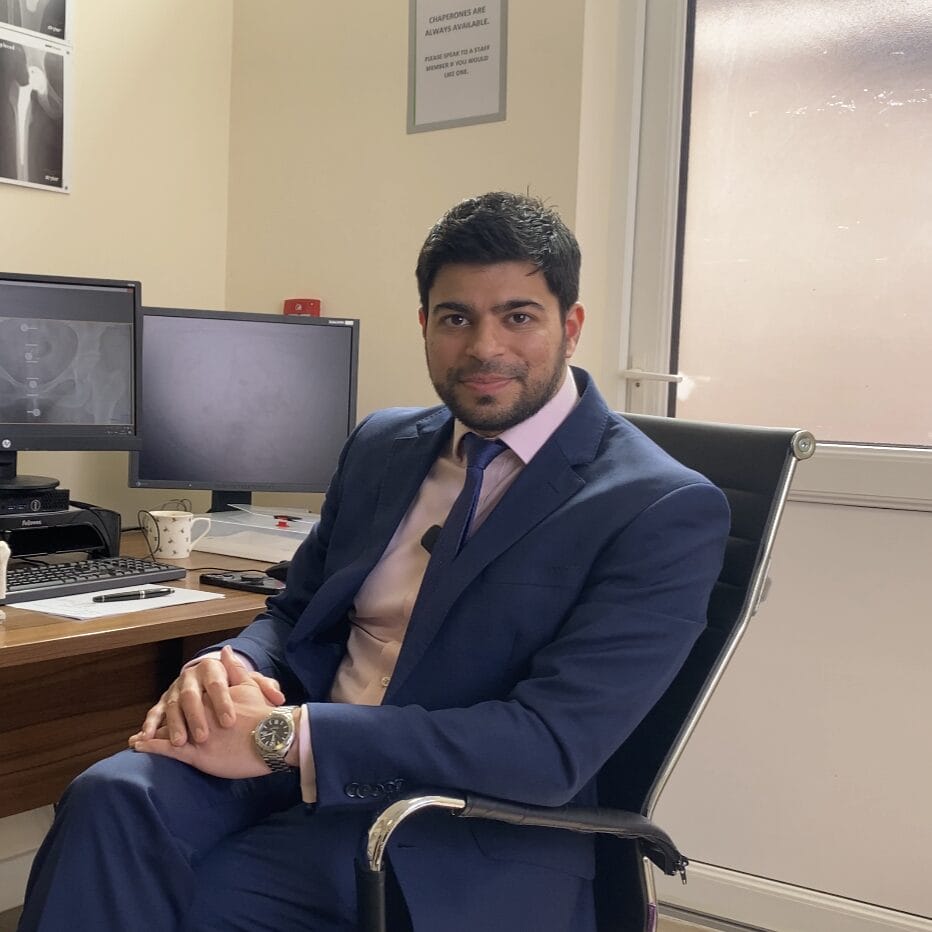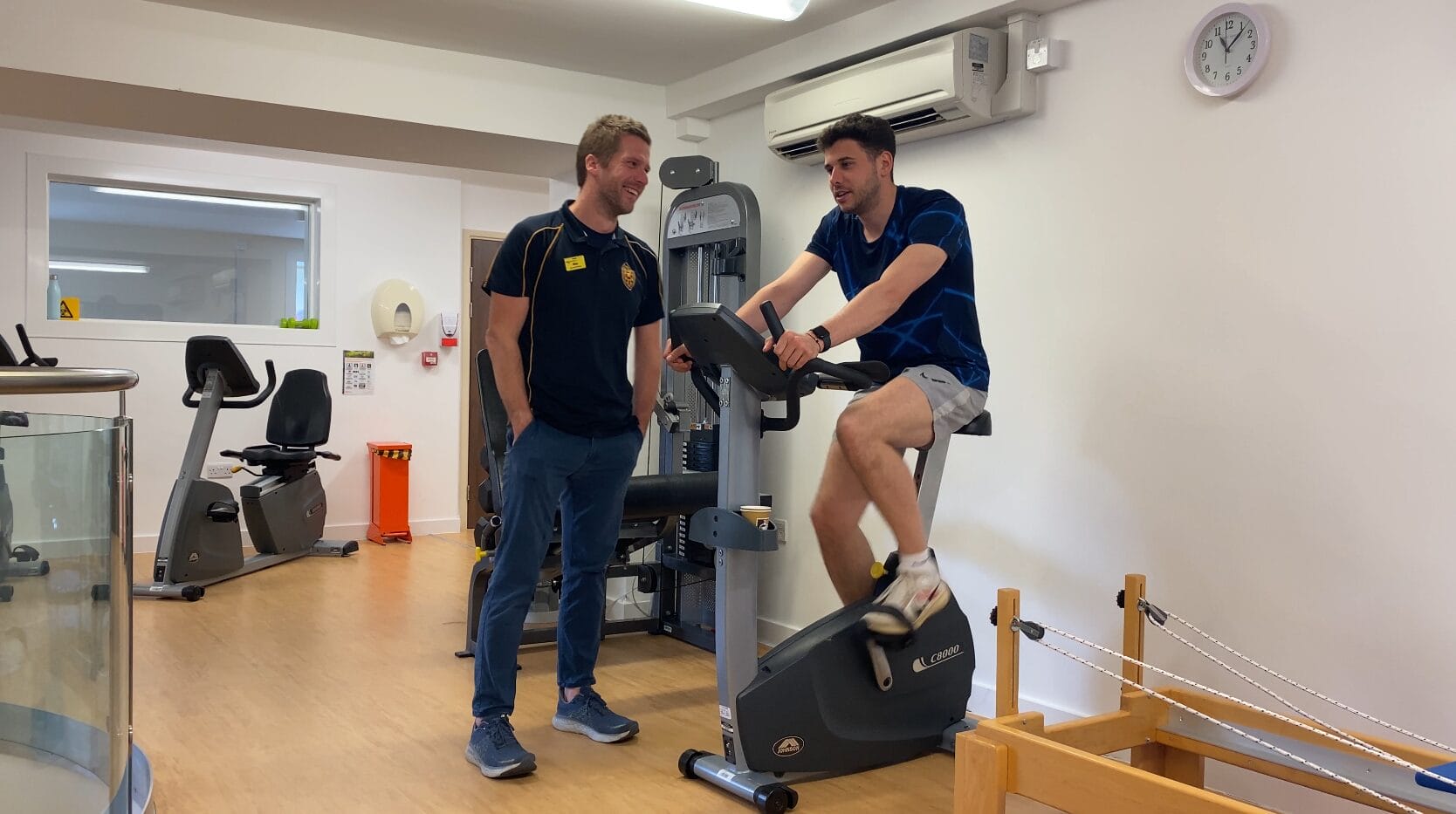Bloods clots form naturally after you injure or cut yourself to help prevent blood loss. It is when a blood clot occurs inside a blood vessel that this can become dangerous as it can obstruct blood flow and prevent oxygen from getting to vital areas of the body.
Deep Vein Thrombosis (DVT) is the most common type of blood clot that forms in a deep vein, most commonly in the leg or pelvis. This can become potentially fatal when the clot becomes dislodged and travels to the lungs known as a Pulmonary Embolism (PE). The collective medical term for both these conditions is Venous Thromboembolism (VTE) and can form in the body after surgery.
Why is there a risk of blood clotting in a hospital?
The risks associated with developing a venous blood clot are not due to staying in a hospital or clinical setting itself but rather the prolonged immobility patients can endure during their stay, which may cause blood to stagnate in the veins. In fact the first association between venous blood clots, particularly DVT, and being immobile first came from evidence gained during the Blitz in World War 2. People were spending long periods of time sat in deck chairs, sometimes all night and with the wooden rung on the deck chair pressing in to the back of their legs. This would cause a stagnation of blood flow and consequentially DVT. Damage to veins during surgery can also be a risk factor in increasing VTE.
World Thrombosis Awareness Day
As part of World Thrombosis awareness day, Faye Biggs, Clinical Service Manager at The Horder Centre, chatted to Lynn Briggs at Uckfield FM about blood clots and what can be done to prevent them from happening.
Press play below to listen to the full interview.
How do you help prevent a venous blood clot occurring?
By understanding the risks and taking the necessary precautions we can keep the chances of developing a venous blood clot to a minimum.
We take some important steps to keep patients safe to avoid venous blood clots but there are also some simple steps that the patient can do as well.
What will we do?
- Encourage mobilisation (if medically fit) and leg and deep breathing exercises. Physiotherapists and all clinical staff are there to support you.
- Make clinical observations 4–6 hourly (blood pressure, pulse, respirations) and observe the patient’s legs for signs of deep vein thrombosis.
- Anti-embolism stockings – if considered appropriate by a doctor, the patient will be measured and fitted with knee-length stockings.
- The clinical team may ask the patient to wear a special inflatable sleeve or cuff around their feet when they are in bed. This will inflate automatically and provide pressure at regular intervals, increasing blood flow through their legs.
- The doctor might consider that the patient should take an anticoagulant injection or tablet.
- Check for side-effects of any treatment and report immediately to a doctor.
- Inform the patient to watch for signs and symptoms of VTE or adverse effects from treatments and report them to a clinician immediately.
- If the patient’s VTE risk factors change, we will ensure that the risk is reassessed as soon as possible. Ensure the patient’s VTE risk on discharge is considered and decide whether or not prevention treatment needs to be continued and, if so, for how long.
What can you do?
If your hospital admission has been planned, several weeks in advance:
- Talk to your doctor about your contraceptive or hormone replacement tablets. Your doctor may consider stopping them in the weeks before your operation.
- Keep a healthy weight and eat a balanced diet.
- Cut down – or try to stop – smoking.
When in hospital:
- Keep moving or walking; leg exercises are valuable. You will most likely be seen by a physiotherapist and to learn some leg exercises.
- Ask your doctor or nurse: ‘What is being done to reduce my risk of venous blood clots?’
- Drink plenty of fluid to keep hydrated.
- Ask your anaesthetist to consider which type of anaesthesia is most appropriate for you.
Please note you are at risk for at least 12 weeks after you have discharged from hospital, so continue to follow the precautions outlined above during this time.
What are the risk factors and how is your personal risk assessed?
You are at risk of Deep Vein Thrombosis (DVT) or Pulmonary Embolism (PE) when undergoing surgery if you:
- Have a history of DVT or PE
- Are over 60 years old
- Are obese
- Smoke
- Are dehydrated
- Have certain types of cancer or heart disease
- Have a vein disease (such as varicose veins)
- Are taking treatments containing oestrogen or if you are pregnant
- Have a genetic condition which means you are prone to developing blood clots
When you are admitted to hospital you will be given a risk assessment form to fill out to measure your personal risk of developing a venous blood clot. If you have any concerns then discuss these with your doctor or nurse.
These guides from Anticoagulation Europe (UK) give further information on understanding venous blood clots and the risks associated when being admitted to hospital. Please share this information with close family or carers so they are also aware of the risks of venous blood clotting when in a hospital and of how they can support you.
What makes Horder Healthcare unique
Horder Healthcare is committed to providing the very best quality of care for our patients and customers. We are continuously working on improving and reducing risks and this is reflected in our consistently high CQC results, patient satisfaction questionnaires and minimal levels of infection.
We are a charity
We reinvest our profit to benefit more people and help us achieve our aim of advancing health.






